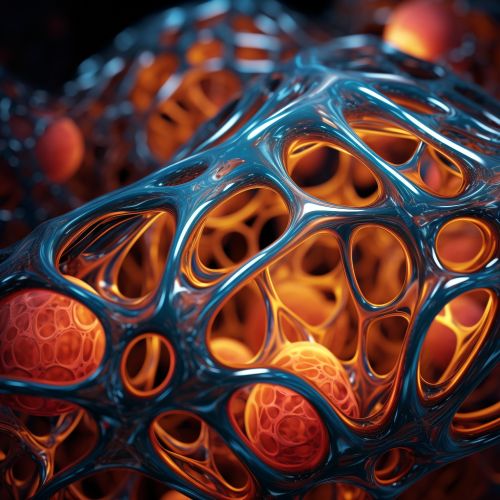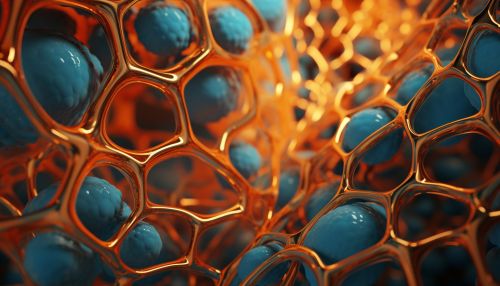Morphogenesis in Developmental Biology
Introduction
Morphogenesis is a fundamental process in developmental biology that refers to the biological process causing an organism to develop its shape. It is one of three fundamental aspects of developmental biology along with the control of cell growth and cellular differentiation.
Overview
Morphogenesis involves the coordination of cell differentiation, cell growth, and cell migration. It is a process that gives shape and form to the various structures and organs in an organism. Morphogenesis is essential in the development of an organism from a single-celled zygote to a complex system of tissues and cell types.
Mechanisms of Morphogenesis
Morphogenesis is controlled by a variety of mechanisms, including those that control cell shape and polarity, cell adhesion, and cell signaling.
Cell Shape and Polarity
The shape and polarity of a cell are determined by the organization of the cytoskeleton, which is a network of protein filaments that extend throughout the cell. The cytoskeleton provides structural support for the cell and is involved in a variety of cellular functions, including cell division, cell signaling, and cell movement.
Cell Adhesion
Cell adhesion is the process by which cells interact and attach to neighbouring cells through specialized molecules on the cell surface. This process is essential for the formation of multicellular structures and for the maintenance of tissue architecture.
Cell Signaling
Cell signaling is the process by which cells communicate with each other. This communication can occur through direct contact between cells or through the release of signaling molecules that bind to receptors on other cells. Cell signaling is essential for coordinating the behavior of cells during morphogenesis.
Morphogenetic Movements
During morphogenesis, cells and tissues undergo a variety of movements that contribute to the formation of the body plan. These movements are often guided by the extracellular matrix, a three-dimensional network of extracellular macromolecules that provide structural and biochemical support to surrounding cells.
Convergent Extension
Convergent extension is a morphogenetic movement that results in the elongation of a tissue in one direction and its narrowing in a perpendicular direction. This movement is essential for the formation of the body axis in many organisms.
Cell Migration
Cell migration is a process that contributes to morphogenesis by allowing cells to move to their appropriate locations within the developing organism. This process is guided by a variety of signals, including those from the extracellular matrix and from other cells.
Cell Proliferation
Cell proliferation is the process by which cells divide and multiply. This process is essential for the growth of tissues and organs during morphogenesis.
Morphogens
Morphogens are signaling molecules that control the pattern of tissue development in the process of morphogenesis. They diffuse from a localized source and form a concentration gradient across a developing tissue. Cells respond to the concentration of morphogens, which determines their fate.
Role in Development
Morphogenesis plays a crucial role in the development of an organism. It is responsible for the formation of the body plan and the development of tissues and organs. Morphogenesis also plays a role in the maintenance of tissue structure and function in adult organisms.
Role in Disease
Abnormalities in morphogenesis can lead to a variety of diseases, including congenital malformations and cancer. Understanding the mechanisms of morphogenesis can therefore provide insights into the causes of these diseases and potential strategies for their treatment.
See Also


